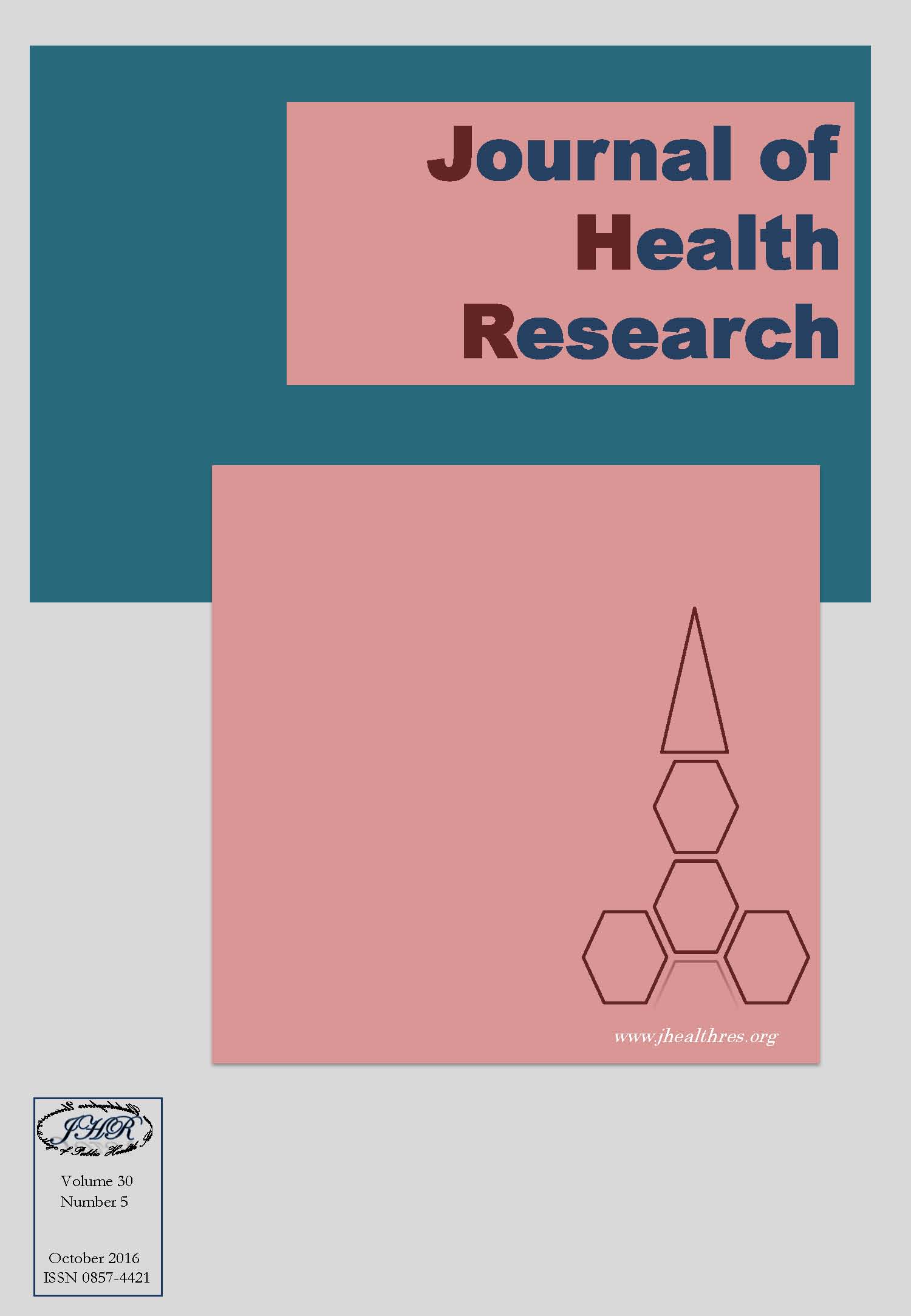Factors Associated with Neonatal Mortality in North Okkalapa Hospital, Yangon, Myanmar
Keywords:
Neonatal mortality, MyanmarAbstract
Background: While progress in reducing neonatal mortality has been made in the last decade, low-income countries still face challenges to achieve the Millennium Development Goals (MDGs). An estimated 450 newborns die every hour around the world and almost 99% of deaths occur in low and middle income countries. Neonatal mortality is an important health indicator for measuring the country health profile. The purpose of this paper is to identify the factors associated with neonatal mortality from delivery cases at North Okkalapa General Hospital (NOGH).
Methods: A retrospective patient record review was conducted at North Okkalapa General Hospital, Myanmar. The records of two thousand mothers who delivered at NOGH from January to December, 2014 were selected from the hospital records. Information concerning both mothers and babies was reviewed by using secondary data from the patient information recorded in the neonatal and obstetric wards. Chi-square analysis was used to establish the associated factors in a bivariate fashion. Logistic regression was used for multivariable analysis.
Results: During the study period, out of 2000 mothers 30 neonatal deaths were identified. When multiple regression models were applied, the odds of having neonatal deaths was higher in mothers with at least 4 births (grand multiparous mothers) (OR= 4.08; 95% CI: 1.17, 6.06), mothers with less than 4 antenatal (ANC) visits (8.8; 95% CI: 1.7, 43). Newborns with normal birth weight (OR=0.002, 95% CI: 0.00, 0.021) and baby with term delivery (OR=0.09; 95% CI: 0.010, 0.960) had lower risk than the preterm baby.
Conclusion: Public health interventions aiming at lowering neonatal mortality should address the extending of the maternal health care program where most of the factors can be prevented such as birth spacing, promoting micro and macro nutrition and access to regular and quality antenatal care which will significantly influence the interventions to reduce neonatal mortality.






